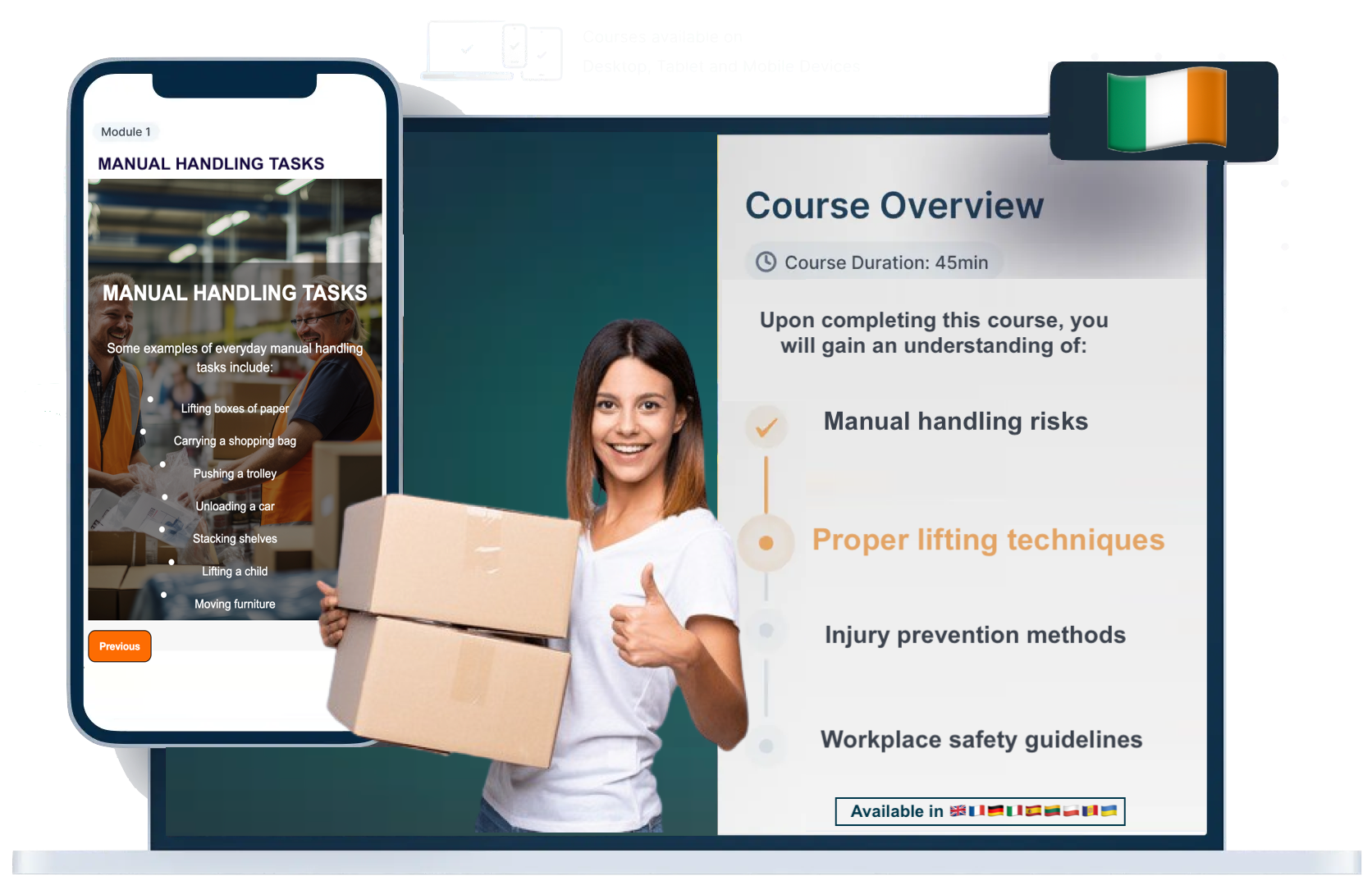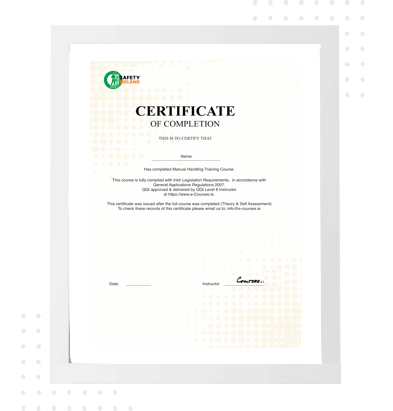
Belfast Office:
Safety Courses Ltd
Lincoln Building 27-45
Great Victoria Street
Belfast
BT2 7SL
Email: [email protected]

Dublin Office:
Safety Courses Ltd
Blanchardstown Corporate Park
Ballycoolin Road
Dublin
D15 AKK1
Email: [email protected]












